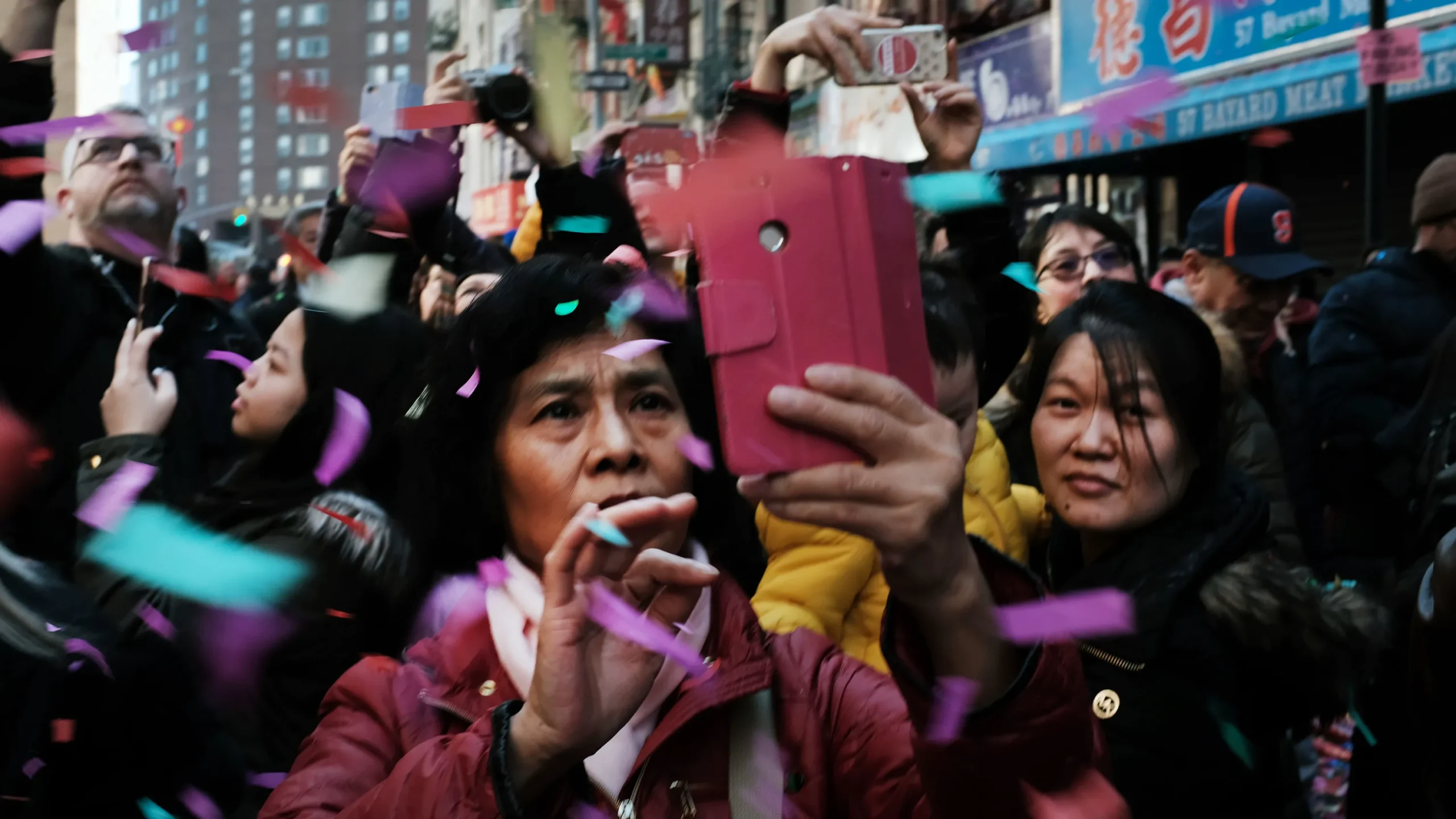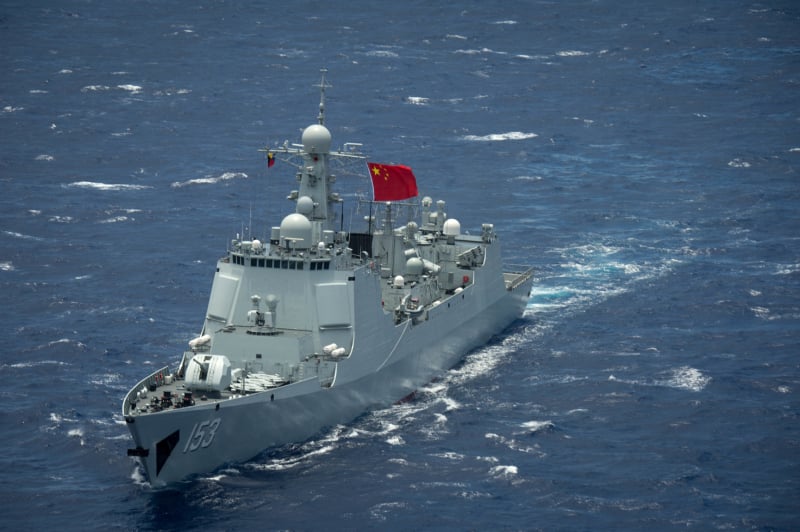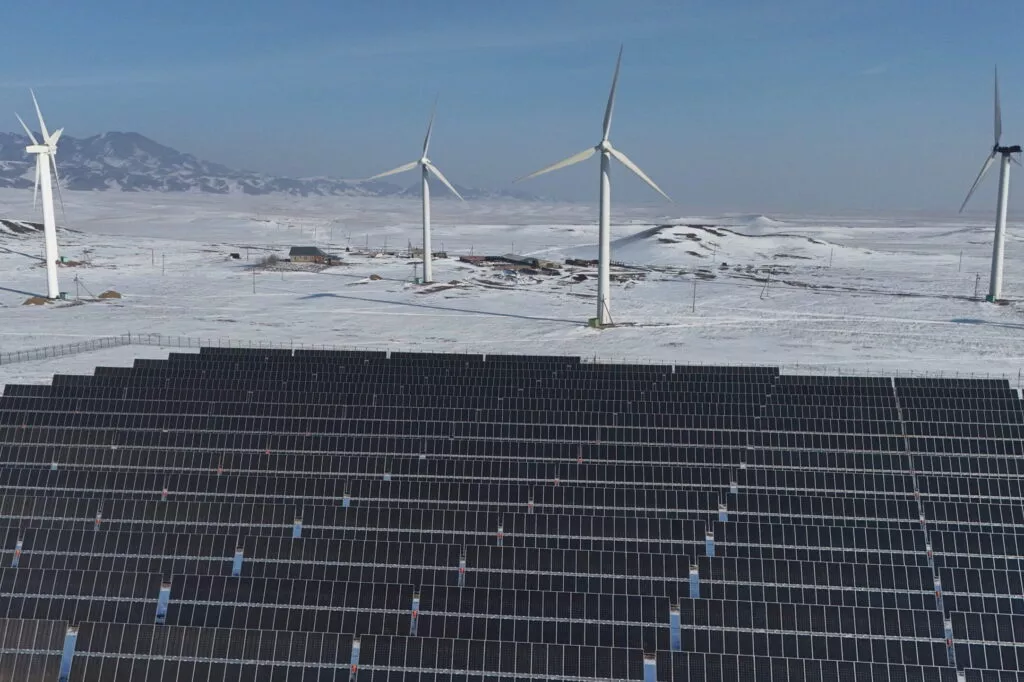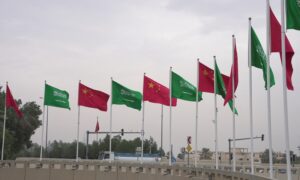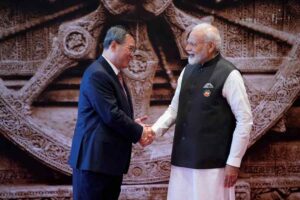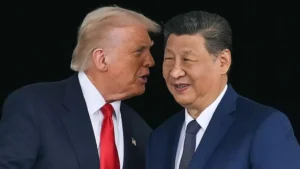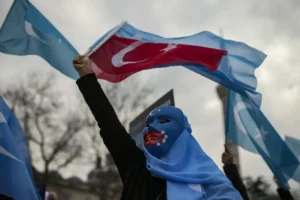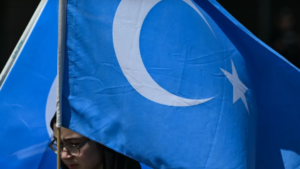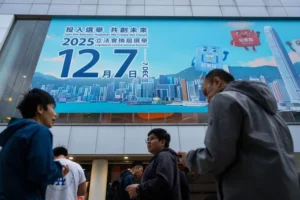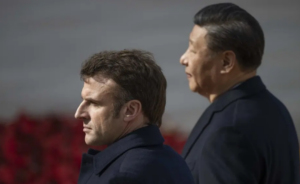What are the meanings of “Belt” and “Road”?
“Belt and Road” refers to the land-based “Silk Road Economic Belt” and the seafaring “21st Century Maritime Silk Road”.
The “Belt” extends westward overland through Central Asia, Russia, Central and Eastern Europe, and Western Asia, culminating in Europe to construct international corridors and economic cooperation routes.
The “Road”, as a sea route to the west, extends via Southeast Asia and South Asia to the Indian Ocean, and then reaches Europe, which constructs major transport corridors with key ports as nodes.
Belt&Road|5 priorities of cooperation
As China’s most comprehensive strategy of opening-up, the BRI is based on 5 priorities of cooperation, also known as the five-pronged approach: policy coordination, connectivity of infrastructure, unimpeded trade, financial integration, and closer people-to-people ties.
Policy coordination:
Without channels of communication, cooperation becomes empty talk. Within the framework of the BRI, countries along the routes can jointly develop plans and measures, resolve various issues with negotiations, and provide policy support for cooperation.
Since the proposal of the BRI 10 years ago, nearly 150 countries and over 30 international organisations have signed cooperation documents with China.
Facility connectivity:
To establish international transportation corridors, countries along the routes need to align their development plans and technical standards.
In this regard, excellent examples include the China-Europe Railway Express traversing Eurasia like a “Steel Camel Caravan”, Indonesia’s first high-speed railway (the Jakarta-Bandung High-speed Railway) designed and built to Chinese standards with Chinese technology, and the cross-border railway linking Laos and China.
Unimpeded trade:
International cooperation is inseparable from trade cooperation. To enlarge the “cake” of cooperation, free trade zones need to be established with countries along the Belt and Road to facilitate trade and investment, removing barriers to investment and trade.
For instance, the free zone in Gwadar Port along the China-Pakistan Economic Corridor offers tariff and fiscal incentives for global investors.
Additionally, under the Regional Comprehensive Economic Partnership (RCEP), China has signed Authorized Economic Operator (AEO) treaties with over 30 countries and regions, enhancing the ease and freedom of trade and investment.
Financial integration:
Financial integration is essential for economic and trade cooperation.
The creation of the Asian Infrastructure Investment Bank (AIIB) and the BRICS New Development Bank, which are significant events in financial integration, promotes the Asian monetary stability system and broadens the currency swap arrangements between China and bilateral countries along the Belt and Road.
According to statistics, China has established bilateral currency swap arrangements with more than 20 countries and CNY clearing arrangements in over 10 countries.
Closer people-to-people ties:
Economic cooperation is not the only purpose of Belt and Road; cultural exchanges are also a core component.
Under the BRI framework, China and countries along its routes have expanded student exchange programmes, reinforced tourism cooperation, and enhanced medical assistance, passing on the spirit of integration that characterised the ancient Silk Road.

